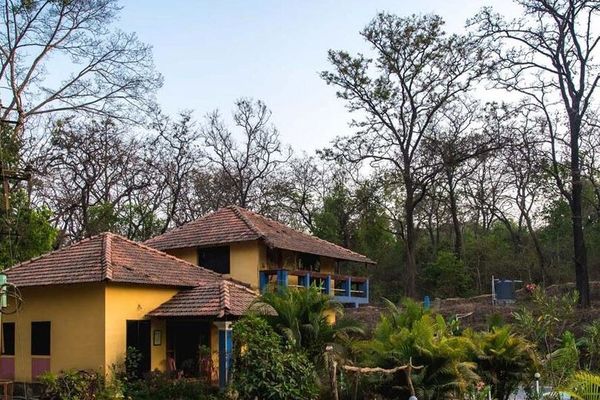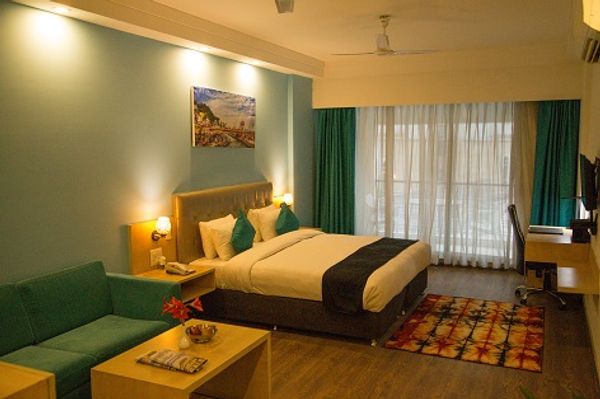India’s Biodiversity Hotspots: Nature’s Treasure Troves You Need to Know About
 Deepanshu Negi
28 Jul, 2025
9 mins read
200
Deepanshu Negi
28 Jul, 2025
9 mins read
200
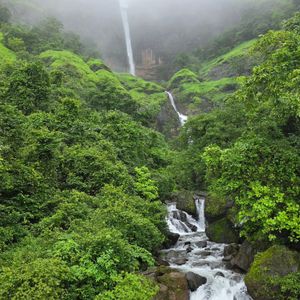
India is one of the most biologically rich countries in the world. With its diverse landscapes from the Himalayas to coastal plains it is home to thousands of unique plant and animal species. Some regions in India are so rich in wildlife that they are called biodiversity hotspots.
But what exactly is a biodiversity hotspot?
A biodiversity hotspot is a region that has a high number of different species many of which are found nowhere else in the world. At the same time, these areas are under threat from human activities. In simple words, they are nature’s treasure troves that need urgent care and protection.
India has four biodiversity hotspots, each with its own charm and importance. Let’s take a closer look at them.
1. The Himalayas
Location:
Covers the entire Indian Himalayan region, including parts of northeastern states, Sikkim, Arunachal Pradesh, and parts of Jammu and Kashmir.
Why It’s Special:
The Himalayas are not just mountains they are home to some of the world’s rarest animals like the snow leopard, red panda, and Himalayan monal (the state bird of Uttarakhand). The region also has more than 10,000 species of plants, many of which are used in traditional medicine.
Threats:
- Climate change causing melting glaciers
- Deforestation
- Construction and road projects
- Poaching and illegal wildlife trade
Conservation Efforts:
Several national parks and protected areas such as Khangchendzonga National Park and Valley of Flowers have been created. Local communities and NGOs also play a key role in protecting this fragile ecosystem.
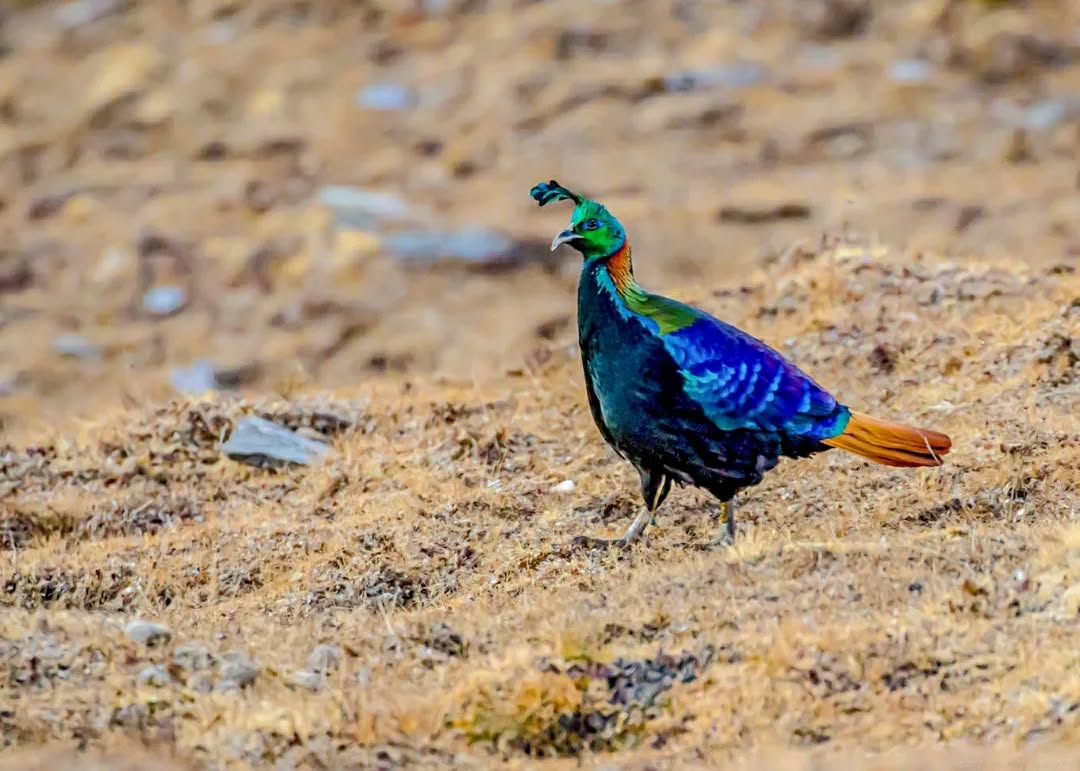
Himalayan Monal / Photo Credit: Santanudey3 / Instagram
2. The Indo-Burma Region
Location:
This hotspot covers the northeast of India, including states like Assam, Manipur, Mizoram, Tripura, and parts of Myanmar and Bangladesh.
Why It’s Special:
This region is known for its lush forests and wetlands. You can find unique animals here such as the Hoolock gibbon (India’s only ape), Asian elephant, and clouded leopard. It also has a high number of freshwater turtle species, many of which are endangered.
Threats:
- Shifting agriculture
- Logging and deforestation
- Urban development
- Wildlife trafficking
Conservation Efforts:
Projects are being run to protect species like the Hoolock gibbon and the endangered birds of the region. Protected areas like Manas National Park and Kaziranga National Park (home to the one-horned rhino) help in safeguarding wildlife.
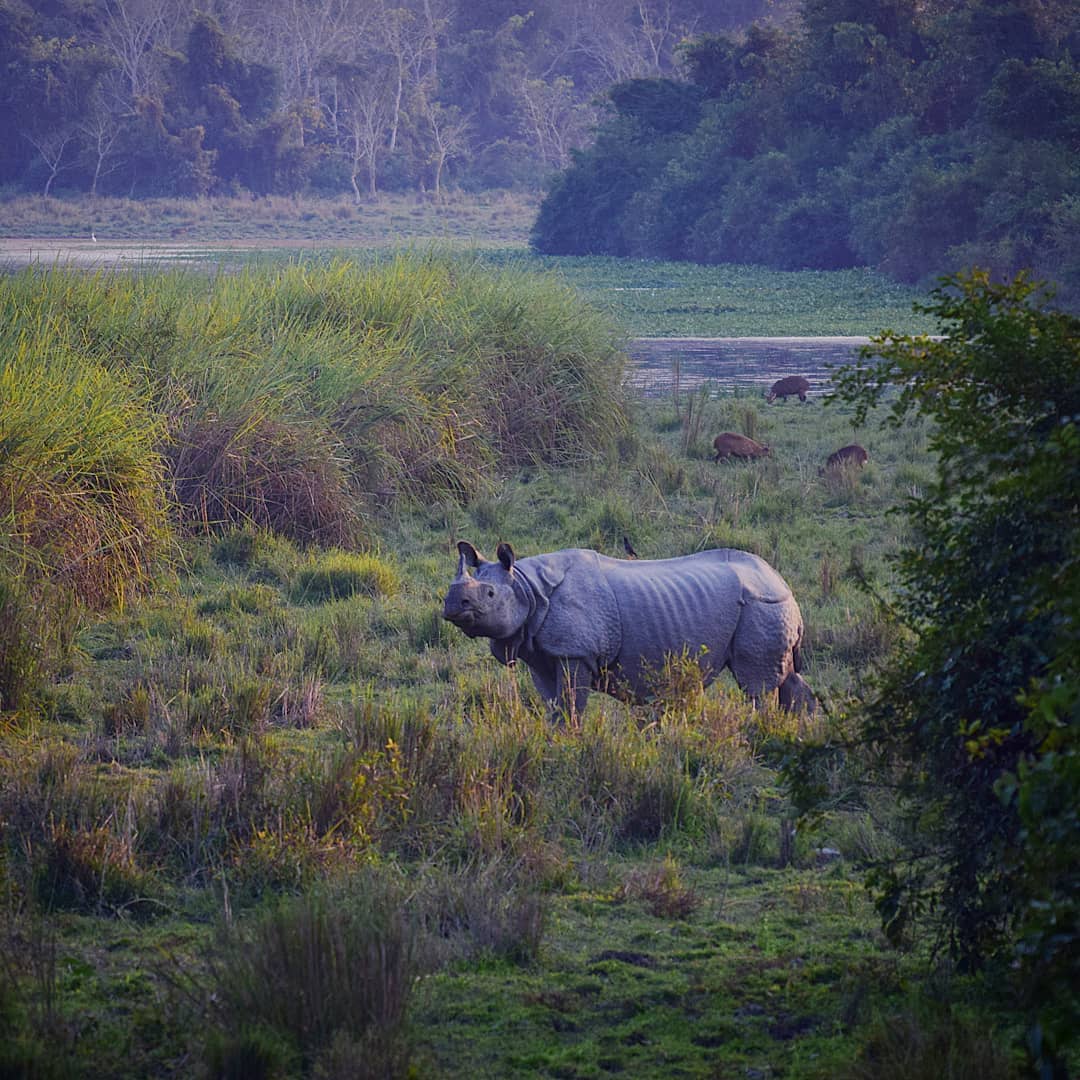 One Horned Rhinoceros in Kaziranga National Park / Photo Credit: Travel with ozi / Instagram
One Horned Rhinoceros in Kaziranga National Park / Photo Credit: Travel with ozi / Instagram
3. The Western Ghats
Location:
Runs along the western coast of India, covering parts of Maharashtra, Goa, Karnataka, Kerala, and Tamil Nadu.
Why It’s Special:
The Western Ghats are one of the oldest mountain ranges in the world. They are rich in biodiversity and have over 7,400 species of plants and animals, many of which are endemic meaning they are found nowhere else on Earth. Animals like the Nilgiri tahr, Malabar civet, and Lion-tailed macaque live here.
Threats:
- Agriculture and plantations
- Mining
- Dams and development projects
- Habitat loss
Conservation Efforts:
UNESCO has recognized parts of the Western Ghats as World Heritage Sites. Many national parks and wildlife sanctuaries such as Silent Valley and Periyar are helping preserve this region.
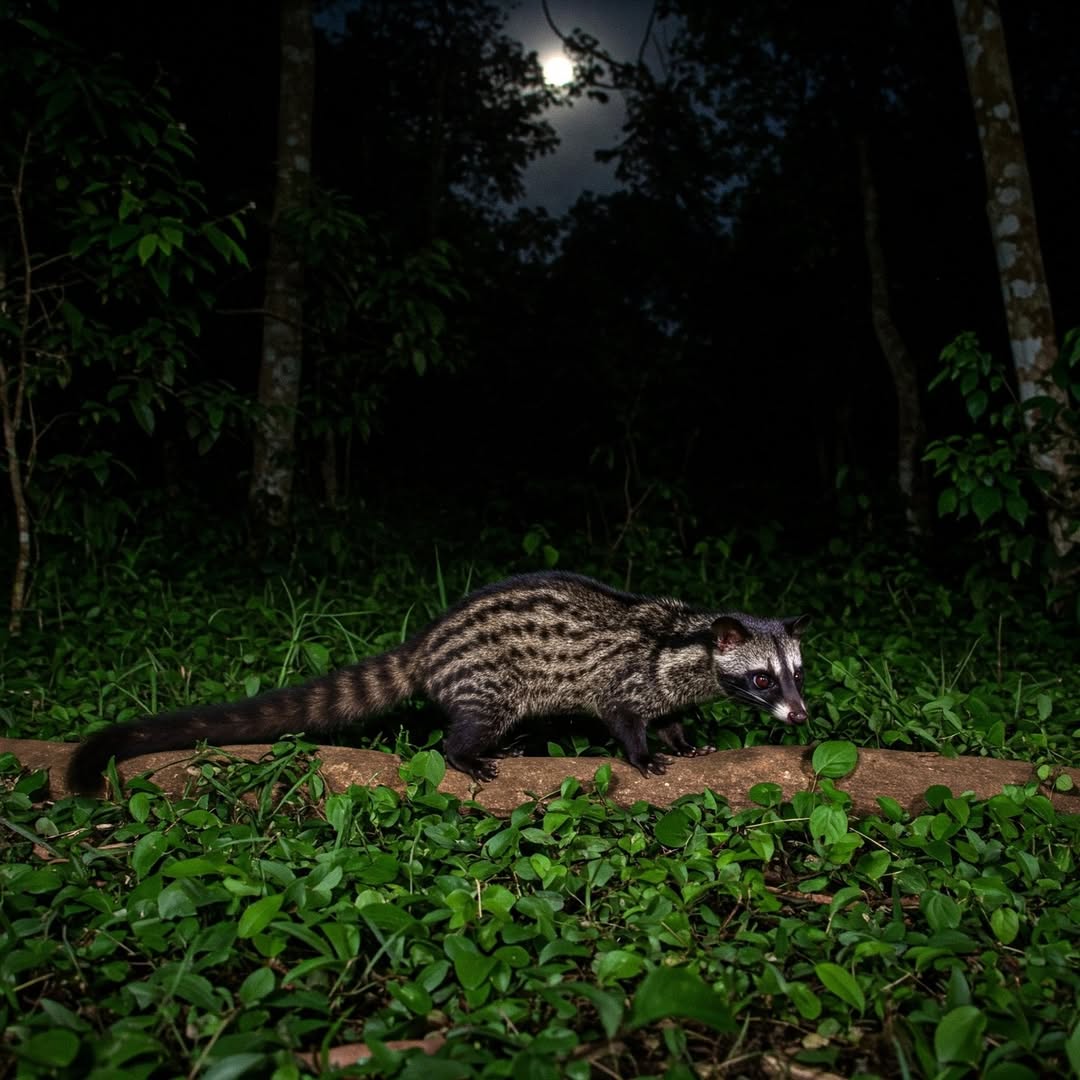
Malabar Civet
4. The Sundaland (Nicobar Islands)
Location:
Includes the Nicobar Islands (not the Andamans), part of the larger Sundaland region that extends to Malaysia and Indonesia.
Why It’s Special:
This hotspot has a mix of tropical rainforests, mangroves, and coral reefs. It is home to many unique species like the Nicobar pigeon, saltwater crocodile, and various rare reptiles and amphibians. The isolation of these islands has allowed many unique species to evolve.
Threats:
- Rising sea levels due to climate change
- Natural disasters (like the 2004 tsunami)
- Habitat disturbance from tourism and human settlements
Conservation Efforts:
The islands are protected under Indian laws, and many parts are off-limits to preserve their delicate ecosystems. Efforts are being made to restore coral reefs and protect native species.
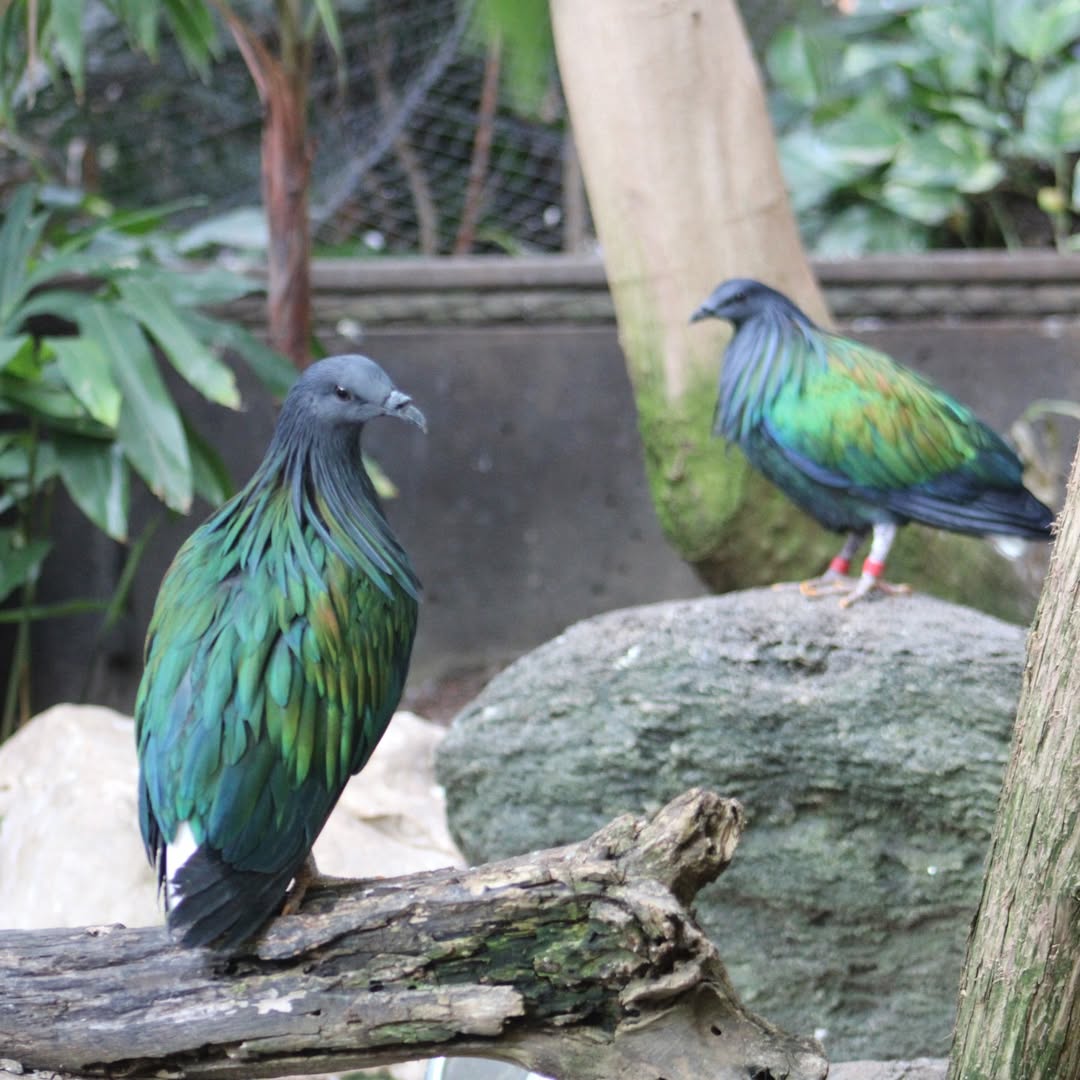
Nicobar Pigeon
Why Are Biodiversity Hotspots Important?
These hotspots are more than just beautiful places. They are critical to the health of our planet. Here’s why they matter:
- Climate regulation: Forests absorb carbon and help control the climate.
- Water sources: Many rivers start in these regions.
- Medicinal plants: Many modern drugs come from plants found in hotspots.
- Cultural importance: Many communities live in harmony with nature in these areas.
Losing these hotspots means losing a part of ourselves and our future.
How Can We Help?
You don’t have to be a scientist to make a difference. Here are simple ways you can help protect biodiversity:
- Support eco-friendly products
- Say no to plastic
- Travel responsibly - avoid littering in natural areas
- Spread awareness
- Support wildlife organizations
Even small steps can help protect these amazing places for future generations.
Conclusion
India’s four biodiversity hotspots are not just regions on a map they are living, breathing parts of our natural heritage. From the icy Himalayas to the tropical Nicobar Islands, these areas are full of life, wonder, and mystery.
But they are also under serious threat. It’s up to us individuals, communities, and governments to protect them. Because when we protect biodiversity, we protect life itself.
Written By:
Deepanshu Negi



Hotels at your convenience
Now choose your stay according to your preference. From finding a place for your dream destination or a mere weekend getaway to business accommodations or brief stay, we have got you covered. Explore hotels as per your mood.

